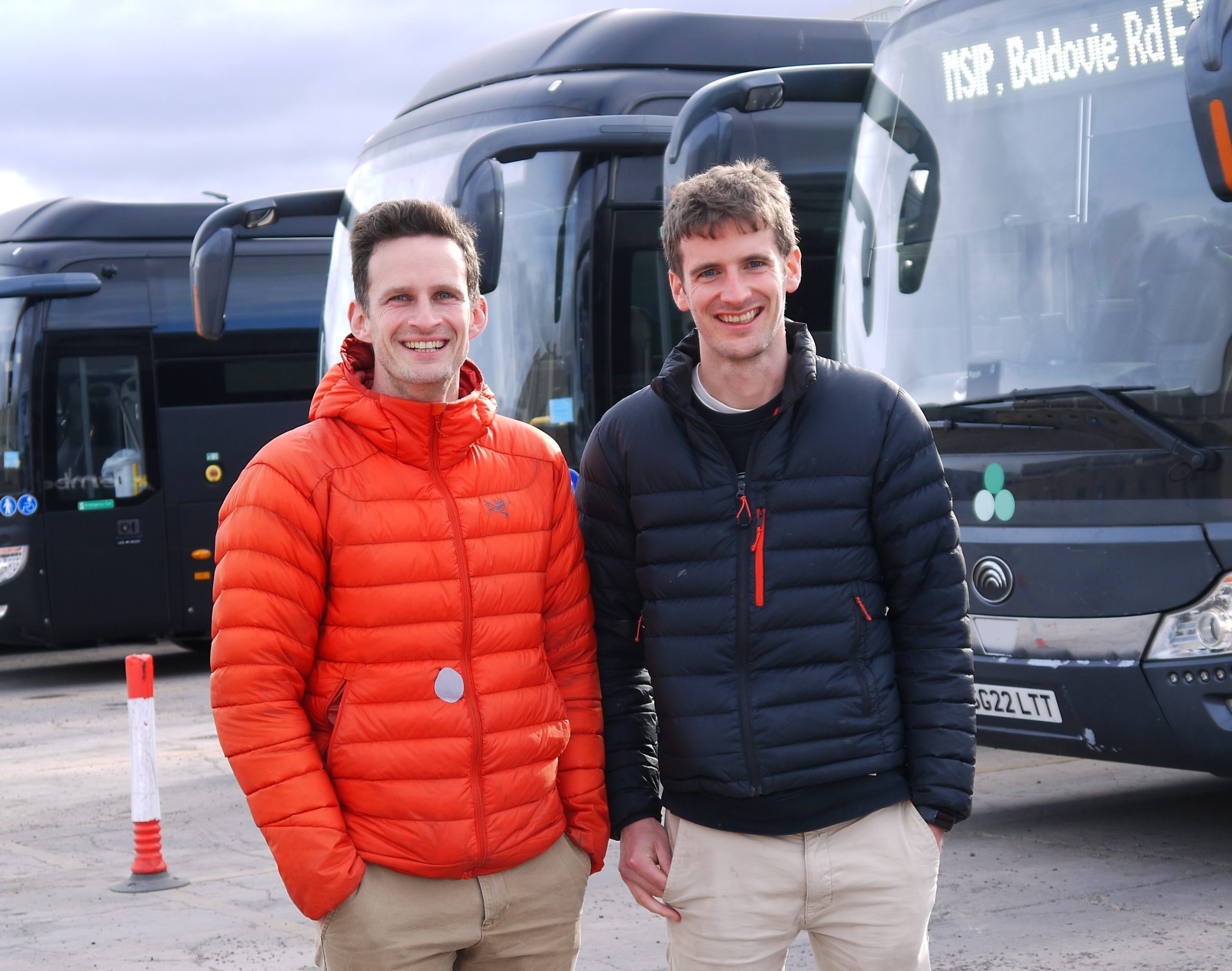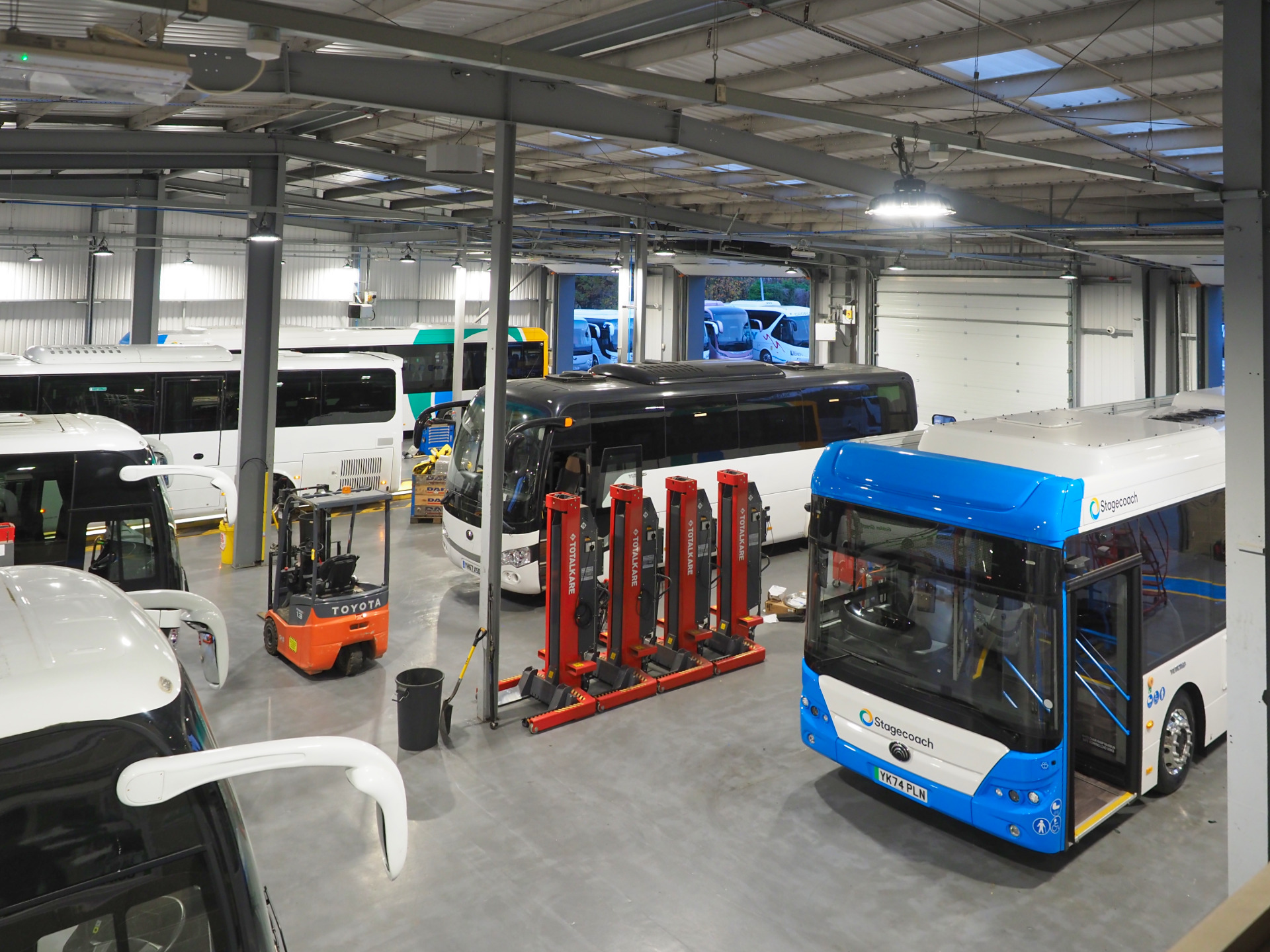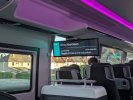Rapid growth
Ember never sees anything as an end product, and nor does it
acknowledge the existence of a perfect vehicle. It already has plans for improvements to the 100 vehicles coming through ScotZEB2. It also wants to get ahead of the next generation of vehicle beyond those.
To accommodate running 140 vehicles, Ember has identified many sites for growth and a number are already being actively worked upon. Aberdeen comes next, and upgrades have been made to accommodate a site in Inverness with plans for a Thurso site by the conclusion of ScotZEB2. Those will join routes and charging hubs from Edinburgh and Glasgow to Oban and the Isle of Skye, connecting Scotland from north to south and east to west. Keith and Pierce are confident Aberdeen to Edinburgh will be the longest scheduled electric service in the UK. “It’s hard to make these claims,” they admit, “but we can’t think of anything remotely comparable.”
There’s a concept of “hubs” to consider. Inverness will be such one, with a wash bay, site building, charging points. Hubs will be supplemented by chargers and dedicated bays in other sites that act as a terminus point where vehicles can commence routes and recharge. Fort William, for example, will have a high-speed charger in an existing coach park.
The search for sites in England is also active as part of those expansion plans. Keith and Pierce are coy about where that will lead them.
“We have a very full pipeline of charging sites that we’re working on now. And then as we think about beyond Scotland and the rest of the UK we have flexibility on where we can go. Identifying a site similar to Dundee in England means we can be much more flexible about moving quickly. That’s a big benefit to our operating model. We have that flexibility built in, because we’re an expanding and scaling business.
“We’re on the hunt. But, if you imagine a site in Manchester, that could link to Glasgow, London or Bristol. Conversely, from Bristol we can reach Manchester, Sheffield, London, and Cornwall.”






